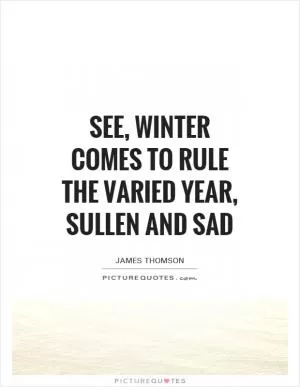Senseless, and deformed, convulsive anger storms at large; or pale, and silent, settles into fell revenge

Senseless, and deformed, convulsive anger storms at large; or pale, and silent, settles into fell revenge
James Thomson, a Scottish poet known for his vivid descriptions of nature and human emotions, often explored the complexities of human emotions in his works. In the line “Senseless, and deformed, convulsive anger storms at large; or pale, and silent, settles into fell revenge,” Thomson captures the destructive power of anger and the different ways it can manifest in individuals.The first part of the line, “Senseless, and deformed, convulsive anger storms at large,” paints a picture of anger as a wild and uncontrollable force. Thomson suggests that anger can distort a person’s rationality and lead them to act in ways that are irrational and harmful. The use of the word “convulsive” conveys the idea of anger as a violent and spasmodic emotion that can overwhelm a person and drive them to destructive behavior. This portrayal of anger as a storm suggests that it can sweep through a person’s mind and body with great force, leaving chaos and destruction in its wake.
On the other hand, the second part of the line, “or pale, and silent, settles into fell revenge,” presents a different aspect of anger. Here, Thomson describes anger as a cold and calculated emotion that can lead to a desire for revenge. The use of the word “pale” suggests a sense of coldness and detachment, as if the person is suppressing their anger and biding their time before seeking retribution. The phrase “settles into fell revenge” conveys the idea of anger as a simmering and vengeful emotion that can lead a person to seek out revenge in a deliberate and calculated manner.
Overall, Thomson’s depiction of anger in this line highlights the destructive power of this emotion and the different ways it can manifest in individuals. Whether it is a wild and uncontrollable storm or a cold and calculated desire for revenge, anger has the potential to drive people to act in ways that are harmful and destructive. Through his evocative language and vivid imagery, Thomson captures the complexities of human emotions and the ways in which they can shape our thoughts and actions.












 Friendship Quotes
Friendship Quotes Love Quotes
Love Quotes Life Quotes
Life Quotes Funny Quotes
Funny Quotes Motivational Quotes
Motivational Quotes Inspirational Quotes
Inspirational Quotes